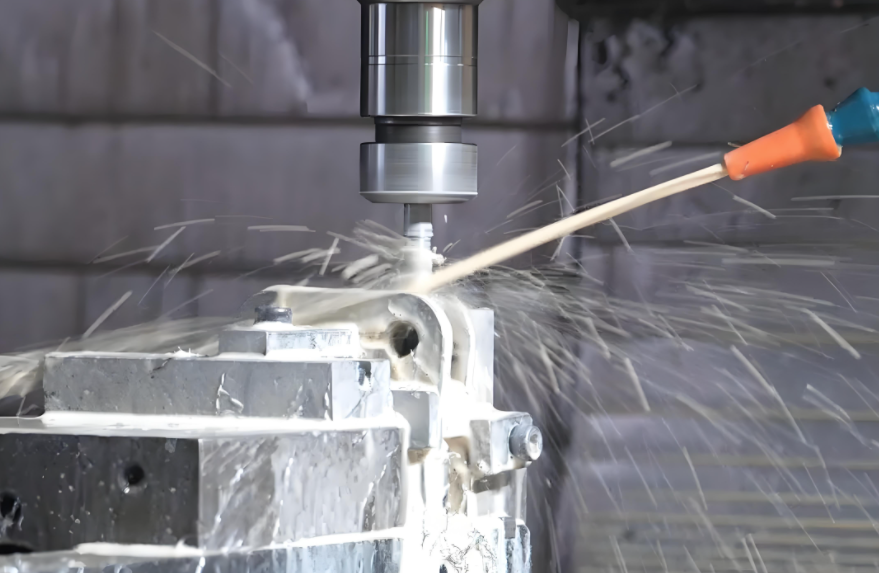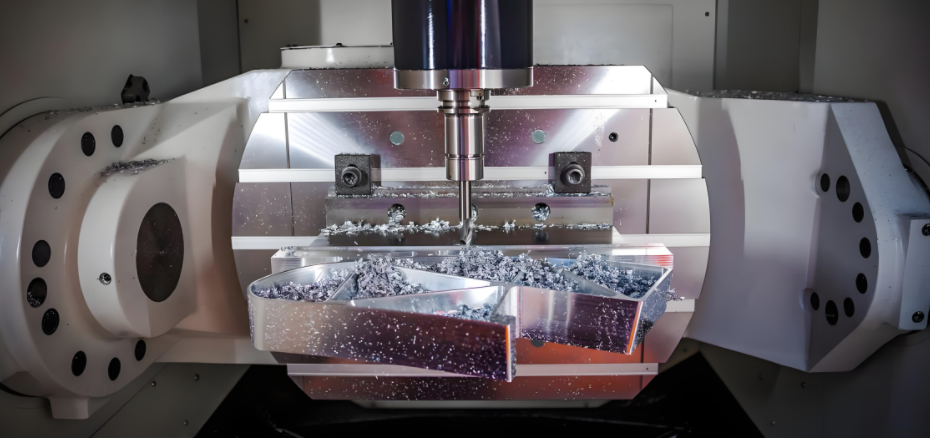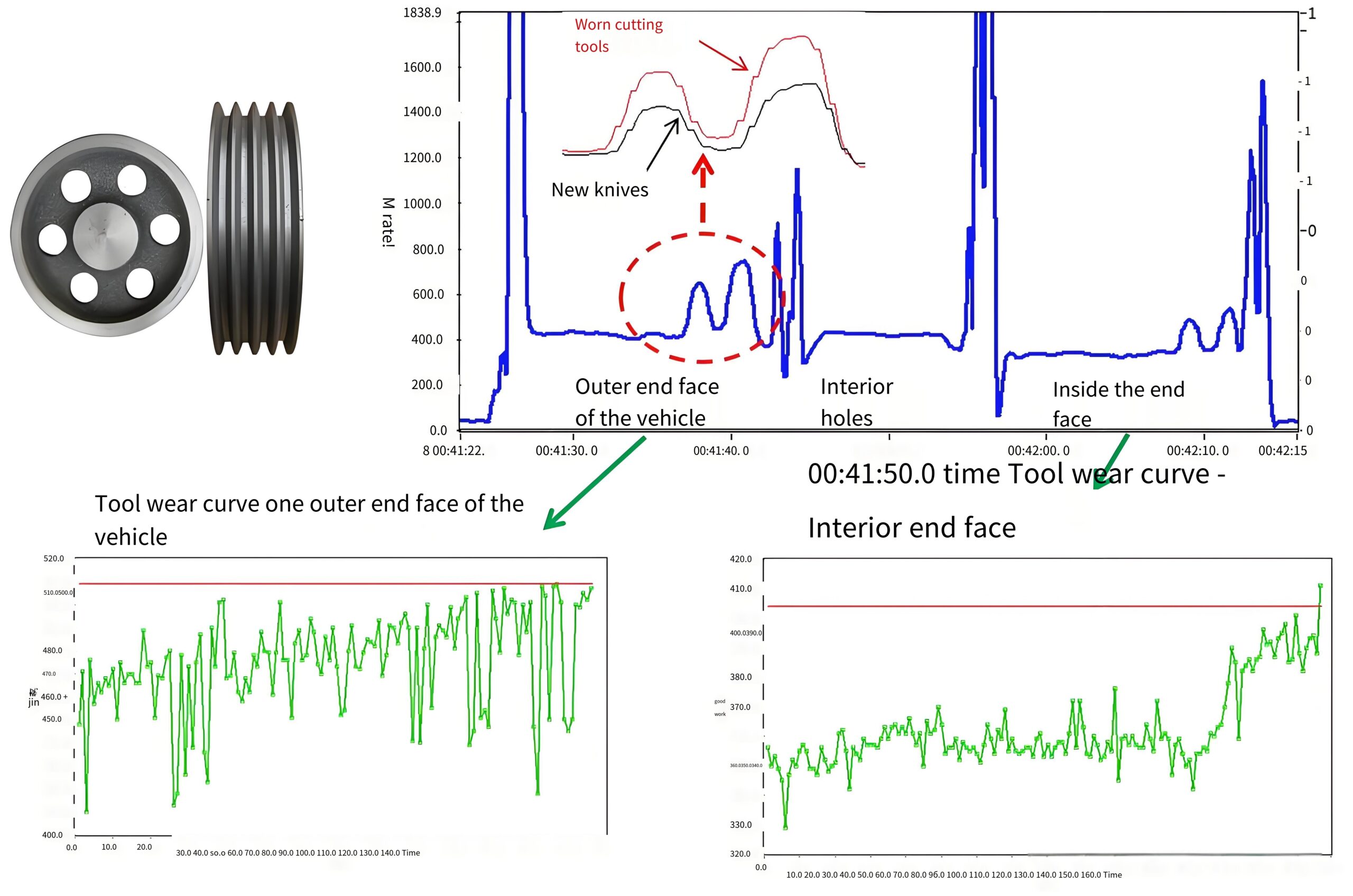Precision parts machining involves producing components with tight tolerances, often in the range of micrometers, to meet stringent quality requirements. Efficiency in this context refers to maximizing output while maintaining quality, reducing production time, and minimizing costs. This guide outlines actionable methods to enhance machining efficiency, supported by detailed parameters and industry best practices.
Key Strategies to Improve Machining Efficiency
1. Optimize Cutting Parameters
Selecting appropriate cutting parameters is fundamental to improving machining efficiency. These parameters include cutting speed, feed rate, and depth of cut, which directly influence cycle time, tool life, and surface quality.
| Parameter | Beschreibung | Recommended Range | Impact on Efficiency |
|---|---|---|---|
| Schnittgeschwindigkeit (m/min) | Speed at which the tool moves relative to the workpiece | 50–300 (material-dependent, e.g., steel: 50–150, aluminum: 200–300) | Higher speeds reduce cycle time but may increase tool wear if not balanced properly. |
| Vorschubgeschwindigkeit (mm/Umdrehung) | Distance the tool advances per revolution | 0.05–0.5 (e.g., steel: 0.1–0.3, aluminum: 0.2–0.5) | Higher feed rates increase material removal rate (MRR) but may compromise surface finish. |
| Schnitttiefe (mm) | Thickness of material removed in one pass | 0.1–2.0 (e.g., finishing: 0.1–0.5, roughing: 1.0–2.0) | Deeper cuts improve MRR but require higher machine power and rigidity. |
| Werkzeug Material | Type of tool material (e.g., carbide, ceramic, CBN) | Carbide for general use, CBN for hardened steels | Affects tool life and allowable cutting speeds. |
Best Practice: Use manufacturer-provided data for specific materials and adjust parameters based on real-time monitoring (e.g., tool wear sensors) to balance speed and quality. For example, increasing cutting speed by 20% for Aluminiumlegierungen can reduce cycle time by 15% without significant tool wear, provided coolant is used effectively.

2. Implement Advanced Tooling Technologies
Modern tooling technologies, such as high-performance coatings and multi-axis machining, significantly enhance efficiency.
| Tooling Technology | Beschreibung | Efficiency Gain |
|---|---|---|
| Coated Tools | Tools with coatings like TiN, TiAlN, or DLC reduce friction and wear | Extends tool life by 30–50% and allows 10–20% higher cutting speeds. |
| Multi-Axis CNC Machines | Enable simultaneous machining on multiple surfaces | Reduces setup time by 20–40% and improves geometric accuracy. |
| Hochgeschwindigkeits-Spindeln | Spindles operating at 20,000–40,000 RPM for micro-machining | Increases MRR by 25–35% for small, intricate parts. |
| Tool Path Optimization | Software-driven paths (e.g., trochoidal milling) minimize tool load and time | Reduces machining time by 15–30% compared to conventional paths. |
Unique Insight: Invest in adaptive control systems that dynamically adjust tool paths based on real-time feedback from sensors. For instance, integrating AI-driven tool path optimization can reduce machining time by up to 25% for complex geometries, as demonstrated in recent studies from MIT’s Manufacturing Lab.

3. Enhance Machine Setup and Automation
Efficient machine setup and automation reduce downtime and human error, critical for high-volume precision part production.
| Automation Solution | Beschreibung | Efficiency Impact |
|---|---|---|
| Automated Tool Changers | Systems that swap tools in seconds | Reduces tool change time by 50–80% (e.g., from 30s to 5–10s per change). |
| Robotic Loading/Unloading | Robots for part handling and pallet systems | Decreases setup time by 40–60% and enables 24/7 operation. |
| In-Process Inspection | Inline metrology (e.g., laser scanning) to verify part dimensions during machining | Reduces post-process inspection time by 30–50% and minimizes rework. |
| Digital Twin Technology | Virtual simulation of machining process to predict and optimize performance | Improves process planning by 20–30%, reducing trial-and-error setups. |
Best Practice: Implement a Manufacturing Execution System (MES) to integrate automation and monitor key performance indicators (KPIs) like cycle time and Overall Equipment Effectiveness (OEE). A case study from Siemens showed a 15% OEE improvement after MES adoption in a precision machining facility.
4. Material Selection and Pre-Processing
The choice of material and its pre-processing condition significantly affect machining efficiency.
| Material Factor | Beschreibung | Efficiency Consideration |
|---|---|---|
| Material Härte | Measured in HRC or HB (e.g., stainless steel: 20–40 HRC) | Softer materials (e.g., aluminum) allow 20–30% faster machining than hard alloys. |
| Pre-Processing | Annealing or stress-relieving to reduce internal stresses | Reduces tool wear by 10–20% and improves dimensional stability. |
| Material Grain Size | Fine-grained materials improve machinability | Enhances surface finish and reduces cutting forces by 5–15%. |
Unique Insight: Pre-process materials with heat treatment to achieve optimal hardness before machining. For example, annealing 316 stainless steel to 20–25 HRC can reduce machining time by 10% compared to machining at 30 HRC, based on industry data from Sandvik Coromant.

5. Coolant and Lubrication Optimization
Proper coolant and lubrication strategies reduce heat, tool wear, and improve surface quality.
| Coolant Type | Application | Efficiency Benefit |
|---|---|---|
| Flood Cooling | High-volume coolant flow for general machining | Reduces tool temperature by 20–30%, extending tool life by 15–25%. |
| Minimum Quantity Lubrication (MQL) | Low-volume lubricant mist for high-speed machining | Decreases coolant costs by 50% and improves chip evacuation. |
| Kryogenische Kühlung | Liquid nitrogen or CO2 for hard-to-machine materials (e.g., titanium) | Increases tool life by 30–40% and allows 15–20% higher cutting speeds. |
Best Practice: Use MQL for aluminum and mild steel to reduce environmental impact and coolant disposal costs. For titanium alloys, cryogenic cooling can improve efficiency by 20% compared to flood cooling, as shown in research from the University of Sheffield.
6. Operator Training and Process Standardization
Skilled operators and standardized processes ensure consistent efficiency.
| Training Focus | Beschreibung | Efficiency Impact |
|---|---|---|
| CNC Programming | Training on G-code and CAM software (e.g., Mastercam, Siemens NX) | Reduces programming errors by 20–30%, improving cycle time accuracy. |
| Lean Manufacturing | Implementing 5S and Kaizen to streamline workflows | Cuts non-value-added time by 15–25% (e.g., setup and material handling). |
| Process Documentation | Standardized work instructions for setups and operations | Reduces setup variability by 10–20%, ensuring repeatable results. |
Unique Insight: Conduct regular kaizen events to identify bottlenecks. A Toyota case study reported a 12% efficiency gain in precision machining after implementing operator-led kaizen workshops.

Schlussfolgerung
Improving the machining efficiency of precision parts requires a systematic approach, combining optimized cutting parameters, advanced tooling, automation, material selection, coolant strategies, and operator training. By implementing these strategies with the provided parameters, manufacturers can achieve significant gains in productivity while maintaining quality. Regular monitoring and process refinement, supported by technologies like MES and digital twins, ensure sustained improvements.
